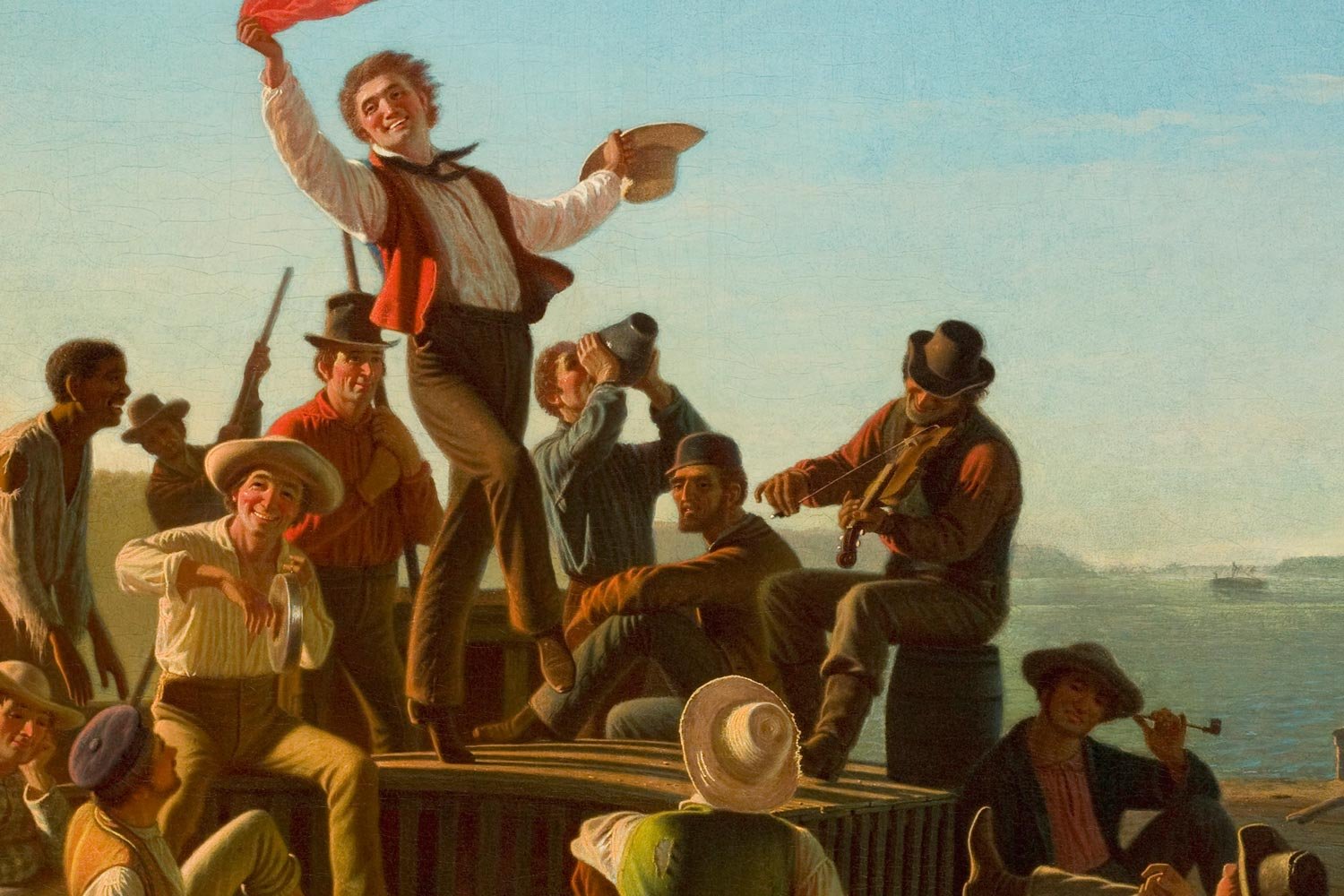Louisiana Purchase, Part 3: Napoleon’s Unexpected Gift
When word leaked out that Spain had secretly agreed to transfer Louisiana and, possibly Florida, to France, the news hit like a thunderbolt. President Thomas Jefferson fully understood the significance of trading a weakened Spain for a powerful Napoleonic France as the country’s neighbor. In April 1802, Jefferson wrote to Robert Livingston, U.S. minister to France, to inform Napoleon, “There is on the globe one single spot the possessor of which is our natural and habitual enemy. It is New Orleans, through which the produce of three-eighths of our territory must pass to market.” Jefferson directed Livingston, who had been busy for months laying the foundation for the purchase of New Orleans, to warn Napoleon that France acquiring Louisiana “rendered it impossible that France and the United States can continue long friends.”
Tom Hand, creator and publisher of Americana Corner, discusses how America purchased the Louisiana Territory from France, and why it still matters today.
Images courtesy of the National Gallery of Art, Library of Congress, Wikimedia - Museo del Prado, National Portrait Gallery - Smithsonian Institution, Wikimedia - Christie’s, Metropolitan Museum of Art, New York Public Library, National Archives, Wikimedia.




The midnight deal Robert Livingston, United States Minister to France, struck with Francois Barbe-Marbois, Napoleon’s Finance Minister, on April 13, 1803, to purchase the Louisiana territory was one of the most impactful agreements in the history of the United States. It resulted from months of conversations Livingston had had with numerous French officials, creating a foundation for the details that would follow. But as important as this step was, there remained several hurdles to overcome.